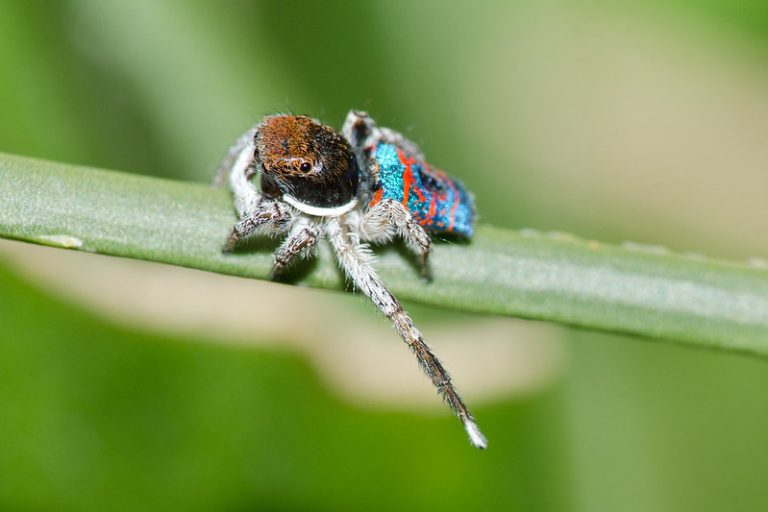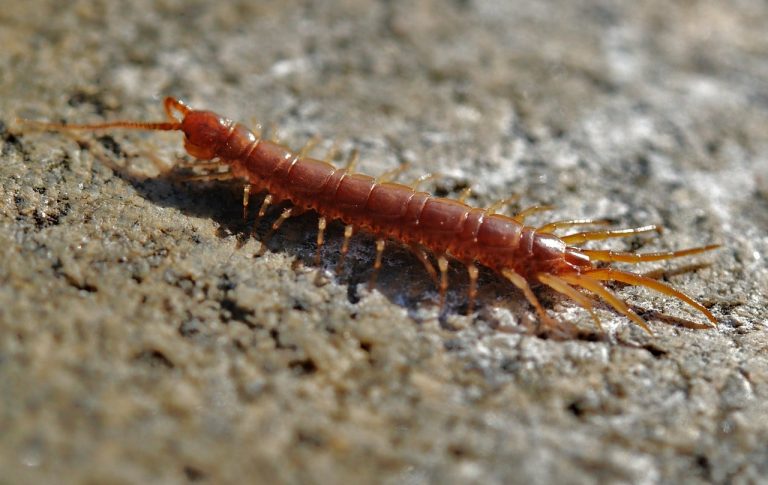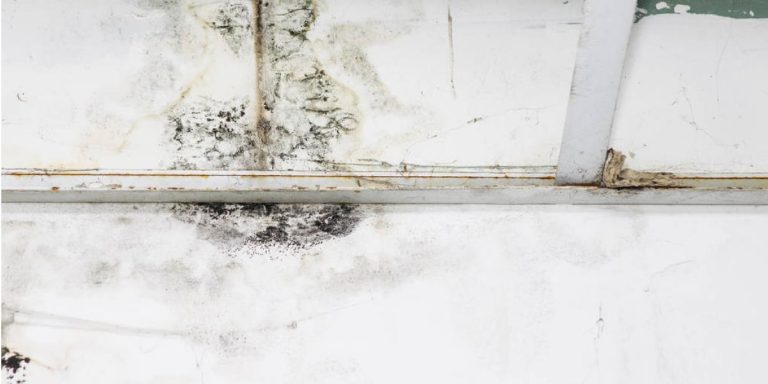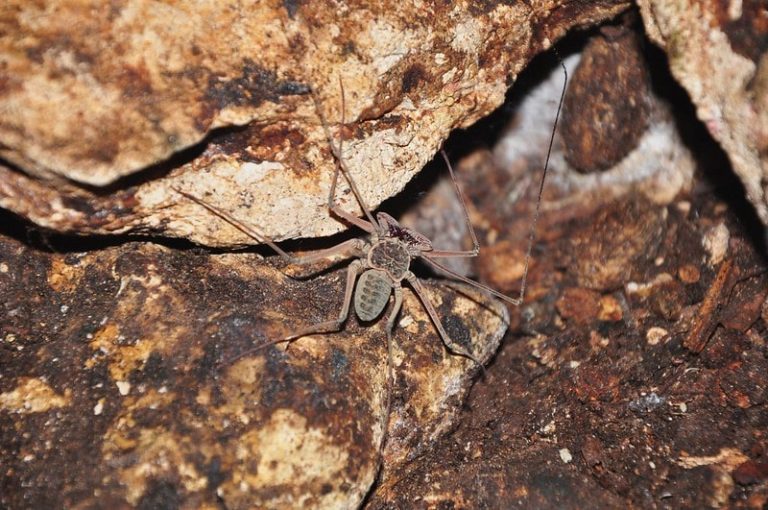Does Mold Die When It Dries Out?
It is a common belief that dry mold is safe, but is this true?
Well, Yes and No.
While mold spores won’t multiply without a source of moisture, they will re-activate and start growing once they come into contact with water again. Mold spores can be found anywhere and often grow in areas with favorable conditions for their existence.
They can be invisible to the naked eye during early stages but can multiply rapidly in the presence of moisture making them visible in large numbers. Mold can become hazardous if left unattended as it may cause respiratory problems and sinus infections. It is a common belief that mold can dry out and die after some time. Mold requires more than moisture to grow as it relies on other factors such as warmth, a source of food, and oxygen.
Do moisture problems cause mold growth?
Yes, they do.
It is quite difficult to prevent mold growth without proper moisture control. Water intrusion or high levels of humidity can cause mold issues. Surface or groundwater may enter your home because of poor foundation drainage. Rainwater can get into a home through leaks in the roof, windows, or walls. It can also seep through the cement floor in buildings that have a slab construction, causing mold to grow on carpets, drywall, or furniture.
Mold can also grow on damp materials or rooms with poor ventilation since there is no free circulation of air. If the relative humidity indoors is maintained below 60 percent, and there are no cold-condensing surfaces, then there will be no enough moisture for mold to grow. However, cutting off any sources of moisture may dry out mold and prevent it from multiplying but they do not die easily.
What happens to mold when it dries out?
This is a very important question that needs to be answered. Mold spores become inactive temporarily after they have dried out but can remain a threat as long as they are present in the environment. It can cause allergic reactions and uncomfortable symptoms such as skin rashes, runny nose, itchy eyes, coughing, and sneezing.
This usually occurs even if the mold spores are inactive because they can easily become airborne when blown around with the air circulating in and out of the house. Once they become airborne, they can move from one place to another and may end up settling in an area with all the necessary conditions for their growth. Mold requires moisture to grow but can remain inactive for a while until it is exposed to moisture or high levels of humidity.
Without constant moisture, mold will become inactive but they never die unless you get rid of them completely. They can always come back to life in the presence of moisture and multiply rapidly causing serious health problems. Some types of mold spores can remain in their passive state for several years under the right circumstances.
It is not enough to eliminate moisture when you have an active mold problem in your home, as it will still find a way to multiply once again. The best way to get rid of recurring mold is to eliminate any contaminated materials and perform a remediation procedure to ensure they never grow back.
Do mold spores die without moisture?
As mentioned above, the crucial requirement for mold growth is the presence of moisture. Without a constant supply of water, mold will “go to sleep”. However, the spores never actually “die” considering that they can come back to life once more moisture becomes available. Depending on the type of mold, some spores can remain dormant for hundreds of years under the right circumstances.
That is why it is not enough to simply eliminate humidity if you have an active mold problem. The mold spores (as well as any contaminated materials) need to be eradicated if you don’t want the mold to grow back. Keep in mind that mold can start to develop between 24 and 48 hours after the material gets wet. It will continue growing until it is eliminated (the moisture problem remedied and the mold-contaminated materials removed). If you want to prevent the mold from growing in the first place, ensure that you dry any wet materials within 24 hours.
At what humidity does mold die?
One way of controlling mold growth is maintaining proper humidity levels in your home. The volume of moisture in one cubic meter of air differs as a function of the air temperature. In other words, warm air absorbs moisture more than cold air. The ideal relative humidity inside your home is anywhere between 30% and 50% if you want to prevent mold.
Using exhaust fans in bathrooms and kitchens where steam tends to accumulate from cooking and showering, improving ventilation, and investing in a dehumidifier are all simple ways of keeping relative humidity low. Open windows frequently to allow for sufficient air exchange, but close them when it rains to avoid moisture intrusion and condensation.
Will mold grow without moisture?
Mold absolutely needs moisture to grow, since its spores use oxygen and warmth to multiply. So the answer is yes; however, different types of mold require different amounts of moisture. In fact, some species of mold require to vary little water and can actually survive in the desert. Your best bet to avoid major mold problems is to always dry wet or moist materials and surfaces.
Are dry mold spores harmful to human health?
People usually think that mold is harmless unless you touch it or eat it. However, because mold spores are microscopic in size, they can be easily inhaled, get trapped in our lungs, and cause a number of health problems.
There have been many studies conducted on the topic of mold and its potential health effects. Various agencies such as the U.S. Centers for Disease Control and Prevention, the Institute of Medicine of the U.S. National Academy of Sciences, the World Health Organization, and Health Canada agree that exposure to mold at home or at work increase the chances of getting a respiratory disease.
Inhaling the mold spores can cause the following –
- Allergic reactions
- Respiratory problems like asthma and wheezing
- Irritation of eyes, nose or skin
- Mental confusion
- Neurological problems
- Fatigue
- Headaches
Should you remove dry mold?
Absolutely! Mold spores are quite ubiquitous, and while some of them can be removed easily during regular house cleaning, many will continue to grow in dark, damp corners of your home or behind walls. Any fungal spore should be removed physically.







